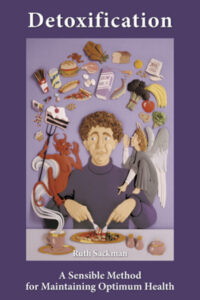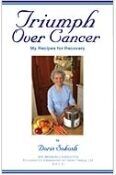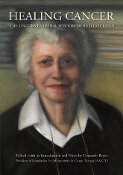Rhubarb is a species of plant in the family Polygonaceae. They are herbaceous perennials growing from short, thick rhizomes. They have large leaves that are somewhat triangular, with long fleshy petioles. They have small flowers grouped in large compound leafy greenish-white to rose-red inflorescence.
Most commonly, rhubarb’s leaf stalks are cooked with sugar and used in pies and other desserts. A number of varieties have been domesticated for human consumption, most of which are recognized as Rheum hybridum by the Royal Horticultural Society.
Rhubarb is usually considered to be a vegetable; however, in the United States, a New York court decided in 1947 that since it was used in the United States as a fruit, it was to be counted as a fruit for the purposes of regulations and duties. A side effect was a reduction on imported rhubarb tariffs, as tariffs were higher for vegetables than fruits.
Therapeutic Value of Rhubarb
Rhubarb can be used as a strong laxative. Its roots have been used as a laxative for at least 5,000 years.
The roots and stems are rich in anthraquinones, such as emodin and rhein. These substances are cathartic and laxative, which explains the sporadic use of rhubarb as a dieting aid. These molecules also contain sugars attached to them and are hence glycosides. Glycosides can retain water more thus adding to the cathartic action.
Rhubarb roots are used in traditional Chinese medicine; rhubarb also appears in medieval Arabic and European prescriptions.
The rhizomes (’roots’) contain stilbenoid compounds (including rhaponticin), which has shown to lower blood glucose levels in diabetic mice.
Nutrients in 100grams of Rhubarb
Carbohydrates 4.54 g
Sugars 1.1 g
Dietary fibre 1.8 g
Fat 0.2 g
Protein 0.9 g
Water 93.61 g
Folate 7 μg
Vitamin C 8 mg
Vitamin E 0.27 mg
Vitamin K 29.3 μg
Calcium 86 mg
Iron 0.22 mg
Potassium 288 mg
Sodium 4 mg
Zinc 0.1 mg
Rhubarb Recipes





